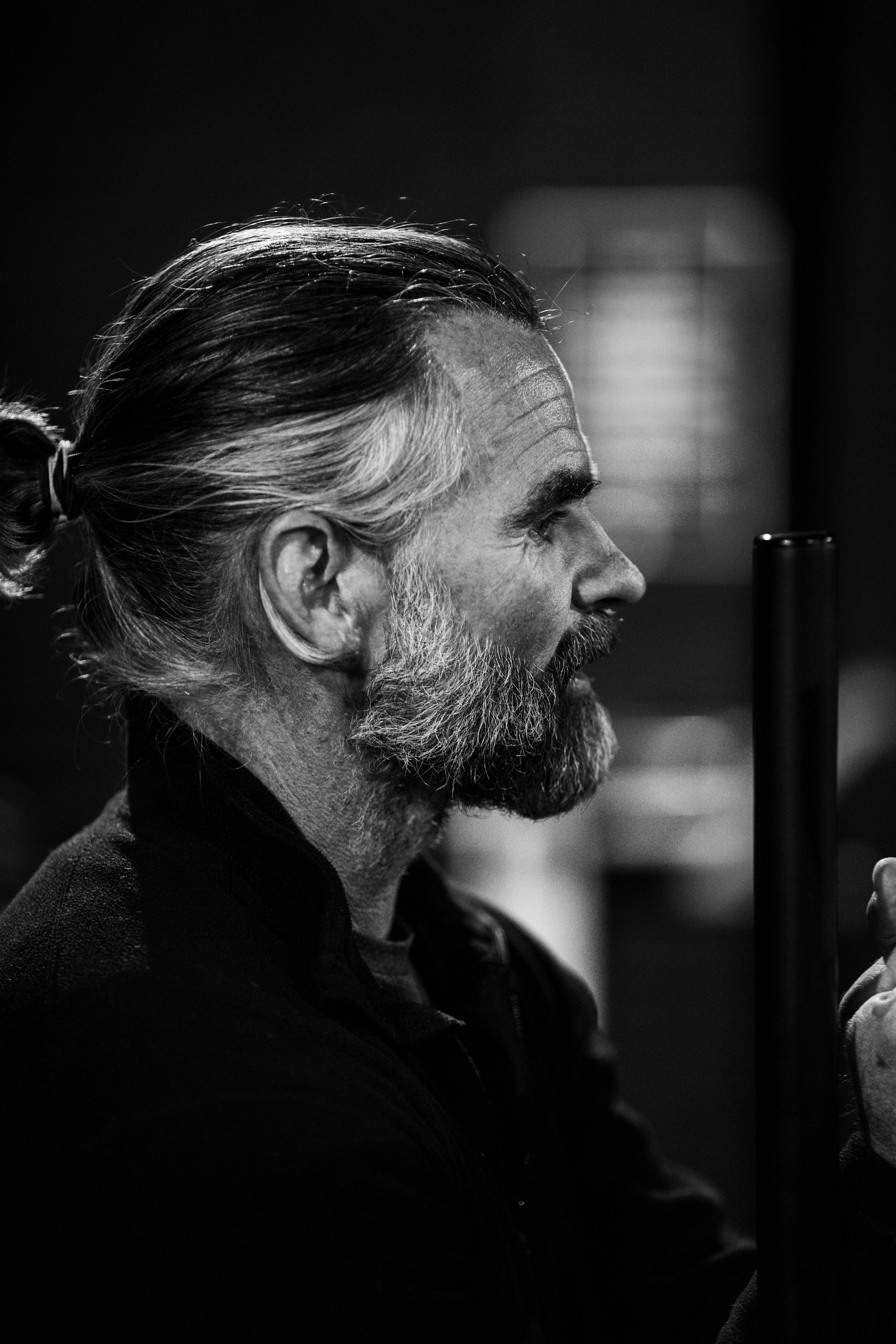Common Bike Fitting Mistakes and How to Avoid Them
Expert guidance from Andrew Budge at Livefit Australia, Perth WA
Introduction
A well‑fitted bicycle feels like an extension of your body—every pedal stroke smooth, every kilometre pain‑free. Yet many Perth cyclists still struggle with numb hands, aching knees or stubborn saddle sores because their bikes aren’t set up quite right. Below, veteran fitter Andrew Budge breaks down the mistakes he sees most often in our bike‑fit studio and explains how you can correct each one at home—or, better yet, during a professional fitting session.
1. Saddle Height Set Too High or Too Low
When your saddle is too high your hips rock side‑to‑side, over‑loading the lower back and robbing you of power. Too low and your knees stay excessively bent, leading to patellar pain and early fatigue.
Quick fix: Start with the heel‑on‑pedal method—sitting on the bike, place your heel on the pedal at the lowest point; your knee should almost straighten without locking. Fine‑tune in 3–5 mm steps and listen to your body. If discomfort persists, let us measure your ideal height precisely during a comprehensive bike fit.
2. Ignoring Saddle Fore/Aft & Tilt
Height is only part of the equation. Slide the saddle too far forward and you’ll dump weight onto your hands; shove it back and your hamstrings over‑stretch. An extreme nose‑down tilt might relieve pressure briefly but will have you sliding forward all ride, while a nose‑up tilt can cause unwanted numbness.
Quick fix:
-
Use a smartphone level to set the saddle surface flat or one‑to‑two degrees nose‑down.
-
Check knee alignment by dropping a plumb‑line from the bump below your kneecap with the cranks horizontal—the line should intersect the pedal axle or sit just behind it.
Small iterative changes here pay big dividends; if you feel stuck, book a follow‑up in our Perth studio.
3. Reach & Drop Mismatch
Locked‑out elbows, tense shoulders and a craned neck usually point to an over‑long stem or excessive bar drop. Go too short or too high and you’ll feel cramped, compromising power and stability on descents.
Quick fix: Aim for a soft bend in your elbows while your shoulders stay relaxed. If you can momentarily hover your hands above the hoods without the bike tipping forward, weight distribution is close to ideal. Spacer swaps or a 10 mm stem change often solve lingering reach issues—an easy tweak during a professional fit session.
4. Cleat Misalignment
Clip‑in pedals transform efficiency, but mis‑aligned cleats twist knees and numb feet. Common errors include placing cleats too far forward under the toes or setting opposite angles between left and right shoes.
Quick fix: Position the cleat so the ball of your foot sits over the pedal axle; match the angle to your natural standing posture. Mark the cleat outline once it feels right so you can realign quickly after maintenance. For persistent knee tracking problems, we can add wedges or shims during a studio visit.
5. Copy‑and‑Paste Bike Fits
Borrowing a friend’s saddle height or a pro’s slammed stem rarely ends well—limb proportions, flexibility and riding goals vary rider to rider.
Quick fix: Treat online guidelines as starting points, not gospel. Keep an adjustment notebook and trust your own feedback. If you want objective data instead of guesswork, schedule our comprehensive bike fit and leave with measurements tailored exclusively to you.
6. Skipping a Professional Bike Fit
DIY tweaks can get you close, but subtle asymmetries, old injuries or component swaps eventually derail the best intentions.
Why a studio fit matters:
-
Motion‑capture cameras reveal micro‑deviations you can’t see in a mirror.
-
Pressure‑mapping exposes saddle or foot hotspots before they become numbness or saddle sores.
-
An expert eye spots leg‑length differences, pelvic tilt and flexibility limits that generic formulas ignore.
Final Thoughts
Correcting these mistakes transforms cycling from “just bearable” to “effortlessly addictive.” If your bike still causes aches after home adjustments, let Livefit Australia fine‑tune every contact point. We specialise in bike fit Perth solutions for road, triathlon and gravel riders alike.
Ready to ride pain‑free?
Book your $249 comprehensive bike fit today →
(Appointments take about two hours in our Bassendean studio and include a 30‑day follow‑up for free tweaks.)
Further reading on our blog:
Every ride should finish with a smile—not a stretch for the ice pack. Make these changes, or let us guide you through them, and enjoy smoother, faster kilometres across Western Australia.


Share:
Pre-Purchase Bike Fitting: Choosing the Right Bike for Your Body
Bike Fit Perth: Saddle Science & Pro Tips